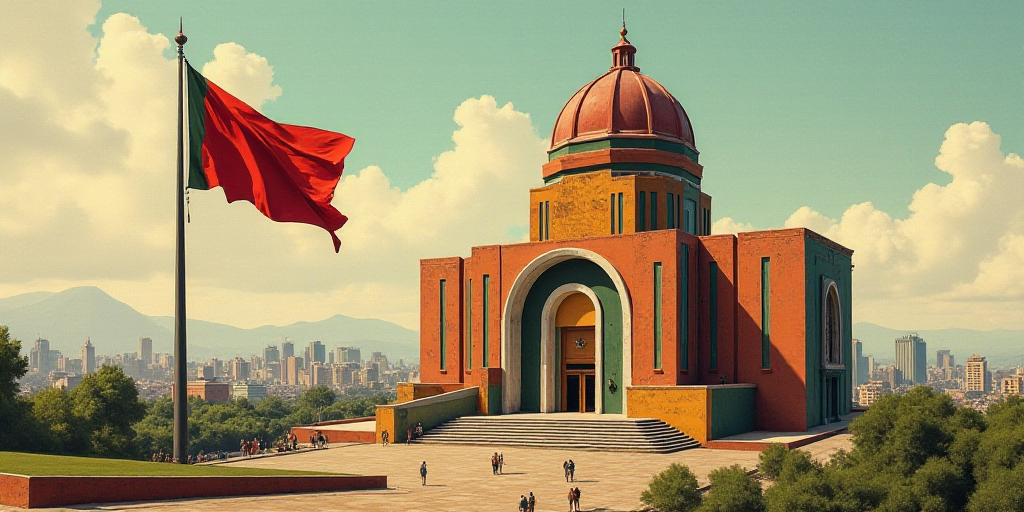Introduction
The Instituto Mexicano para la Competitividad (Imco) has identified that to align the economic participation of women in Mexico City with the Organisation for Economic Co-operation and Development (OECD) average, an additional 850,000 women need to join the workforce. This action would result in a 1.4% increase in Gross Domestic Product (GDP), equating to approximately 60,000 million pesos over a decade.
Current Scenario
Mexico City is home to 1.05 million women aged between 15 and 29 years, with 37% engaged in education, 35% participating in the paid workforce, and only 15% doing both. The remaining 12% are neither studying nor contributing to the remunerated economy, as per Imco’s “Mujeres Jóvenes en la CDMX” report.
Educational Disparities
Despite Mexico City having the lowest educational disparity among young women, with seven out of ten girls aged 18 and above possessing at least a bachelor’s degree, certain alcaldías exhibit higher participation rates. For instance, Coyoacán has an 8% rate of women not completing mandatory education on time but boasts a 57% labor market participation rate, placing it second.
Benito Juárez has the lowest educational disparity at 5.9%, with only 3.7% of women outside the education system and labor market, though its female economic participation rate stands at 52%.
Conversely, Milpa Alta has the highest educational disparity at 16%, coupled with a 21.9% rate of women neither studying nor employed, and an economic participation rate of 42.7%.
Informal Employment and Financial Inclusion
High-paying jobs, access to social security, and legal certainty encourage women’s involvement in the remunerated economy. Xochimilco, for example, sees 71% of young women working in informal conditions, primarily in restaurants and retail, known for high informality levels. This alcaldía also has the lowest financial inclusion rates.
Azcapotzalco, however, excels in professional services with minimal informality (28.1% of young women are informally employed), making it a notable exception.
Healthcare Access
Approximately 27% of young women in Mexico City lack access to public or private healthcare services, with Tlalpan, Iztapalapa, and Tláhuac being the most affected.
Challenges: Violence and Safety Concerns
Cuauhtémoc, the political heart of Mexico City, has 371 investigations per 100,000 women for sexual crimes—significantly higher than other alcaldías and the city average of 157.
Milpa Alta has the highest feminicide rate at 5.0 per 100,000 women, followed by Cuauhtémoc and Benito Juárez. In the southern region, 27% of women have stopped using public transport due to safety concerns.
Gender Gap
In Mexico City, six out of ten young women outside education and employment are female. Those not studying or working dedicate 58 hours weekly to unpaid work, compared to men’s 36 hours.
With 35% of young women lacking personal income, this gap contrasts with the projected decrease in Mexico City’s young female population from 1.05 million to 805,000 by 2035.
Proposed Solutions
Imco suggests initiatives such as promoting formal first-employment programs involving the private sector, linking businesses with women-focused educational programs, and establishing a Care System by governments to redistribute unpaid work and diminish gender disparities in the economy.






